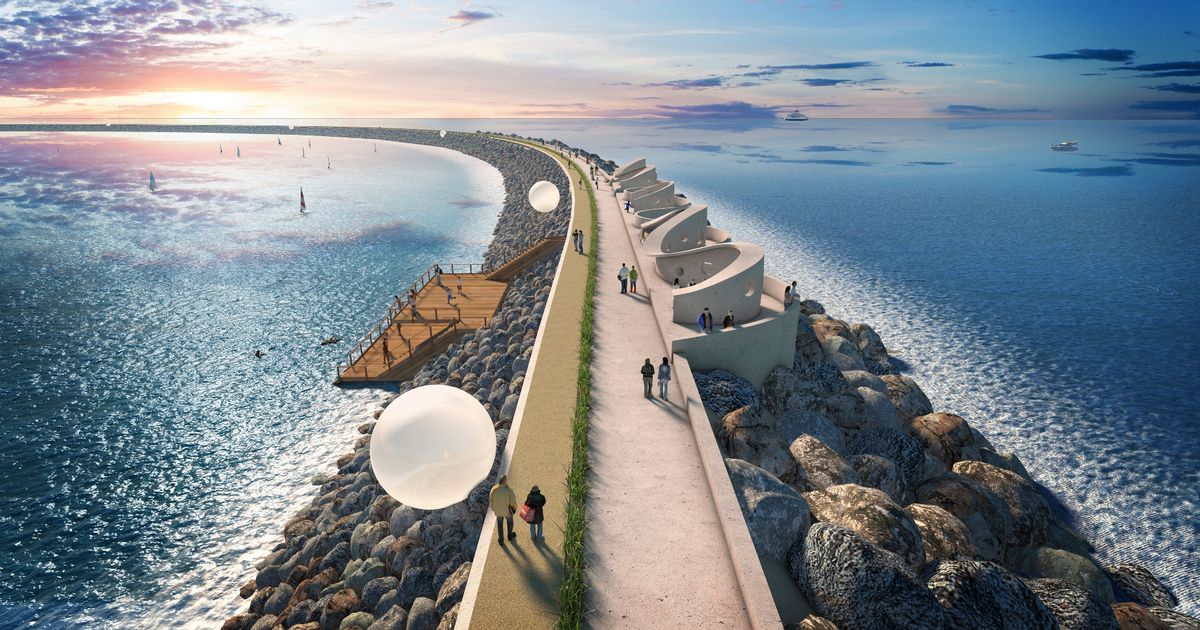
In 2011, the UK generated 1.5% of its electricity from hydroelectric power. However, this percentage could be greatly improved by harnessing the UK’s large tidal ranges to provide highly sustainable, consistent and reliable energy.
Tides are guaranteed every day of every week of every year, making it an extremely reliable way of generating power. The technique of harnessing the power of water using a reservoir has been around for a long time evolving from the first water mills through to the latest hydro-electric plants.
Tidal barrage electricity generation started with the Rance Tidal Power Station which opened in France in 1966, but the Swansea Bay Tidal Lagoon would be the world’s first tidal lagoon power plant. The proposed 320MW scheme, comprising of 16 bi-directional hydro turbines and a six-mile breakwater wall to form the lagoon, would generate power on both the ebb and the flood tides, providing enough electricity to power 155,000 homes for the next 120 years.
The UK has the opportunity to become a world leader in the industry, with British-made turbines, generator technology and engineering expertise at the very core of this pathfinder project.
The Hendry Review published in January 2017 concluded ‘that we should seize the opportunity to move this technology forward now’ and that tidal lagoons could ‘deliver low carbon power in a way that is very competitive with other low carbon sources’.
The high initial outlay construction costs to build the turbine station and breakwater wall would be offset by the low operational costs and high efficiency turbines. With five more key sites identified around the coast for similar tidal lagoon schemes, the estimated proportion of electricity generated could supply 8% of the UK by 2030.
It’s important to consider the long term economic benefits that the tidal lagoon power schemes would bring to Britain. Swansea’s tidal lagoon would bring long term jobs and skills to South Wales, over 2,200 construction and manufacturing jobs will be sustained by the Swansea project during its construction and it is expected to contribute over £300 million to the economy in terms of the goods and services that will be produced.
Its undeniable that tidal lagoon power generation could be a game-changing natural energy source and has the ability to turn the future of power generation in Britain into a sustainable one. The Government’s own review agreed that tidal lagoons can generate long term, clean, low carbon electricity, so what are we waiting for, lets harness the power of our tides!















